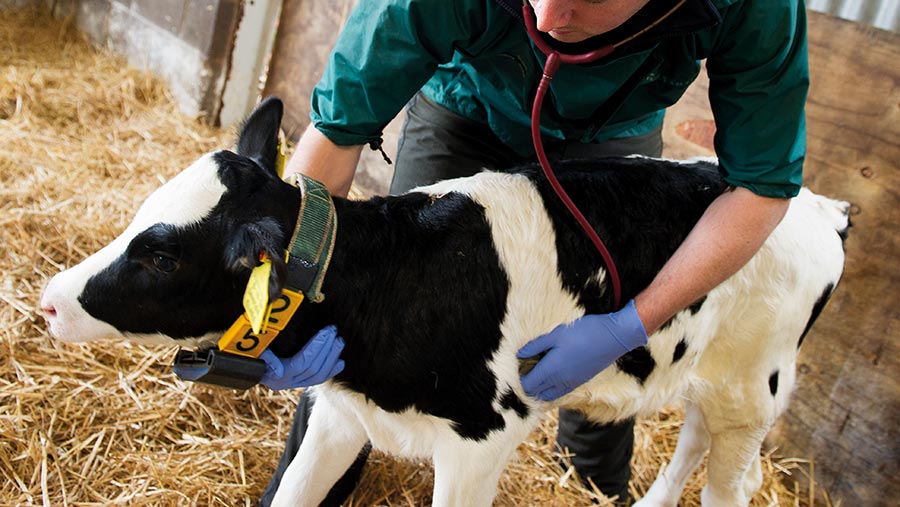How stress-free disbudding can benefit calf units
 © Paragon Veterinary Group
© Paragon Veterinary Group Stress-free disbudding by a vet offers enhanced calf welfare, improved growth rates and frees up farm staff, says vet Philip Wilkinson of Paragon Veterinary Group.
The increasing challenge of finding skilled labour on farms, together with a growing focus on providing the highest possible welfare standards, is leading some farmers to turn to their vet practice for help.
On-farm, stress-free disbudding services are already well established in many countries worldwide, but probably most significantly in New Zealand.
Over the past five years we have seen a 100% year-on-year growth in the service offered by our practice.
See also: Collaborative calf-rearing venture brings multiple benefits
Not every practice in the UK offers this service at present, but no specialist equipment is required, so it could be available widely.
About the author

Philip Wilkinson is a sector lead for the farm department at Paragon Veterinary Group.
His main interest is in dairy practice finding ways to improve dairy herd efficiency and also has an interest in block calving systems.
He spent 18 months in New Zealand to find out more about large scale dairy practices.
How is disbudding carried out?
Disbudding is normally carried out on dairy calves when they are about two to six weeks of age. The procedure is carried out by a vet with assistance from a skilled vet technician.
First, the animal is sedated, so it lies down. The nerves around the horn bud are then numbed with local anaesthetic and the horn bud is removed with a hot iron.
The calves are given an anti-inflammatory to provide pain relief for the next 48 hours, while a non-antibiotic topical spray is used to ward off infection.
What are the welfare benefits?
Because the calf is asleep it is unaware of the procedure. It is quick, stress-free for the calf and stress-free for the handler.
The improved welfare and increased growth rates when disbudding is carried out this way are demonstrated by how the calves respond afterwards.
Our clients comment that the calves are much quicker to drink after being disbudded this way, compared with the conventional method which does not involve sedation.
Does it save time?
Another advantage of disbudding this way is the time it saves. A job which can take hours and require several members of staff, can be done in a fraction of the time.
Typically, 25-30 calves an hour can be achieved when disbudding under sedation.
For the farmer this time can be reduced to zero, provided we know which calves are to be disbudded.
What are the practical considerations?
Practical considerations when carrying out this procedure mainly centre on the health of the animal and the timing of feeds.
Prior to any sedation the animal is given a quick check by the vet. If there is any doubt that the calf is not in full health, then a note of its ear tag is taken and the procedure carried out next time.
We try to avoid sedation for one or two hours after feeding. After the procedure the animal must be fully able to stand and suck before being fed again – this is normally after one or two hours.
Calves on computerised feeders don’t seem to have any issues. This is because the feeds tend to be smaller in volume, meaning there is less risk of regurgitation.
It is also a good time to check calves for extra teats. If any are identified, these can be removed immediately by the vet while the calf is still under sedation.
All information is recorded in case of any issues further down the line.
The cost of the procedure is dependent on numbers but typically costs between £5-£7 a calf. This includes all travel, labour and medicines.
As part of the Vet Viewpoint series each month, we bring you advice from an XLVets practice on a range of subjects.
